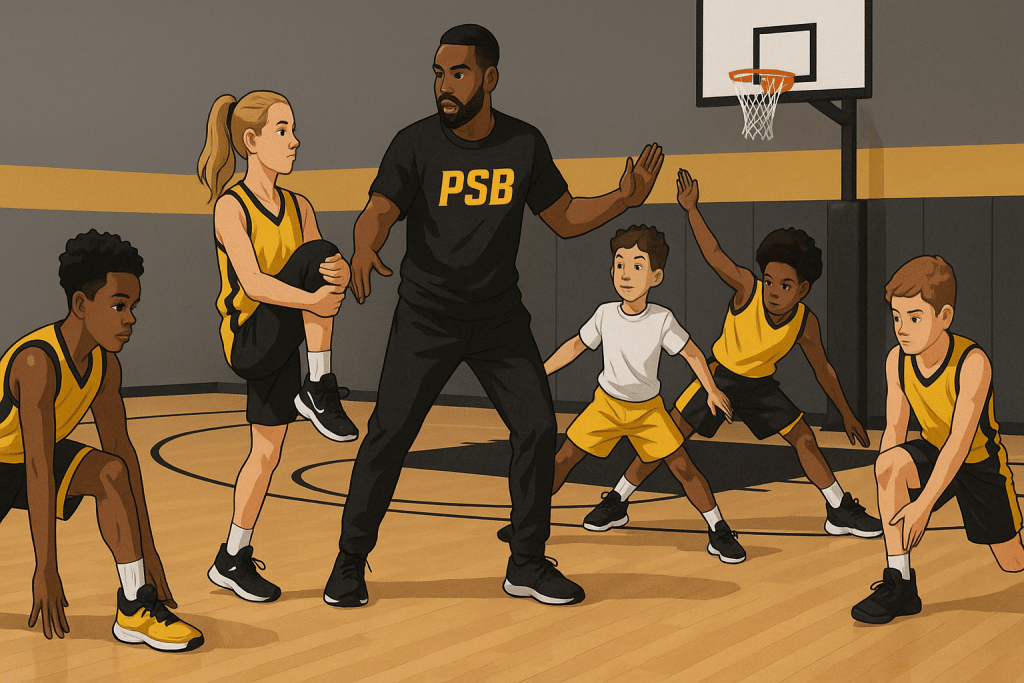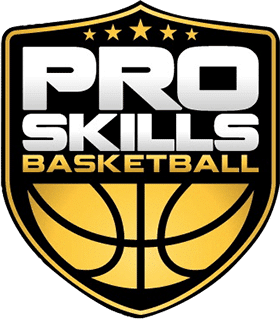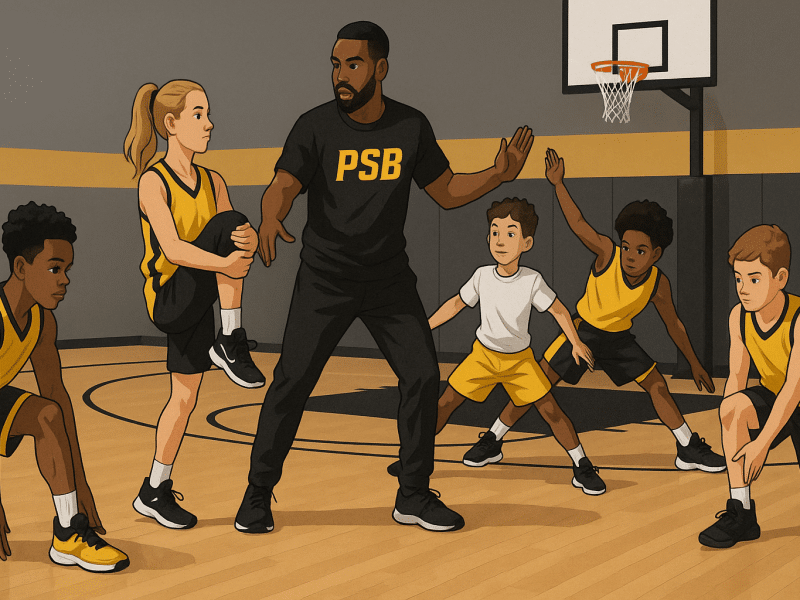
Physical Activity & Child Development
Physical activity is the cornerstone of balanced growth—physically, mentally, and socially—for children and adolescents. According to the CDC, roughly 30 million young people participate in organized sports and physical activities each year. While these programs foster teamwork, confidence, and fitness, they also introduce injury risks when training intensity and duration ramp up to meet competitive demands.
Common Types of Youth Sports Injuries
Injuries vary by age, gender, and sport. Overall:
-
Lower-extremity injuries (70%): ACL tears, meniscal tears, ankle sprains, Osgood-Schlatter disease, and stress fractures.
-
Upper-extremity injuries (25%): Tendonitis of shoulder/elbow/wrist, shoulder dislocations, bursitis, and jammed fingers.
-
Spine (3%): Overuse back pain and disc injuries.
-
Head (2%): Concussions, particularly in contact sports.
Gender & Sport Type
-
Boys sustain twice as many injuries as girls, correlating with higher participation in contact and jumping sports. Football leads injury counts, followed by wrestling, basketball, soccer, and baseball.
-
Girls face the highest injury rates in soccer, then basketball, field hockey, softball, and volleyball.
Micro-Trauma vs. Macro-Trauma
-
Micro-trauma (Overuse): Develops gradually from repetitive stress—stress fractures, osteochondritis dissecans, apophysitis, tendinopathies.
-
Macro-trauma (Acute): Sudden injuries—fractures, sprains, dislocations.
Understanding these categories helps coaches and parents tailor rest, recovery, and cross-training to each child’s needs.
Sport-Specific Injury Risks
-
Football, gymnastics & equestrian: Higher rates of head, spine, and severe acute injuries.
-
Basketball & soccer: Predominantly lower-extremity sprains, tears, and overuse conditions.
-
Baseball & softball: More upper-extremity tendonitis and shoulder/elbow injuries.
Linking to expert coaching at Pro Skills Basketball’s Club Teams ensures athletes learn proper movement mechanics to reduce these risks.
Modifiable Risk Factors
While age, gender, and prior injuries are fixed, many risk factors are adjustable:
-
Playing time & workload: Avoid excessive single-sport specialization.
-
Rules adherence: Emphasize safety rules in practice and games.
-
Equipment: Ensure properly fitted, sport-specific gear.
-
Playing surface: Use well-maintained courts, fields, and mats.
10 Injury-Prevention Tips for Parents
-
Schedule a Preseason Physical
A baseline exam (including musculoskeletal screening) identifies vulnerabilities before the season starts. -
Encourage Open Communication
Teach children to report pain or unusual sensations immediately—early intervention prevents minor issues from worsening. -
Promote Multi-Sport Participation
Cross-training builds balanced muscle strength and coordination, reducing overuse injury risk. -
Warm Up & Stretch Properly
Combine dynamic drills (e.g., jumping jacks, high knees) with static stretches (e.g., hamstring holds) to prepare muscles and joints. -
Prioritize Rest & Recovery
Enforce off-days and monitor for overuse signs—most youth injuries stem from insufficient rest. -
Support Nutritious Diet & Hydration
Fuel growth and repair with balanced meals and consistent fluid intake. -
Invest in Proper Equipment
Invest in quality or gently used protective gear—helmets, shin guards, supportive footwear. -
Reinforce Technique & Rules
Collaborate with qualified coaches at Pro Skills Basketball Clinics to master safe movement patterns. -
Monitor & Address Injuries Promptly
If you notice limping, swelling, or bruising, remove your child from play and consult a physician if symptoms persist. -
Keep Sports Fun!
A positive environment fosters adherence to safety practices and long-term engagement.
The Coach & Parent Partnership
Effective injury prevention hinges on teamwork between coaches, parents, and athletes. Coaches should undergo certified safety training and maintain open lines of communication with families. At Pro Skills Basketball Camps, we integrate injury-prevention education into every session, so young athletes learn safe practices while developing skills.
Ready to take the next step in your child’s basketball journey?
Pro Skills Basketball offers Club Teams, Camps, Clinics, and Academies in 25+ cities across the U.S.
👉 Find your city and sign up today to join a program focused on real development, experienced coaches, and a culture that puts players first.
📩 Contact us at admin@proskillsbasketball.com
📞 Call us at 866-996-3888



